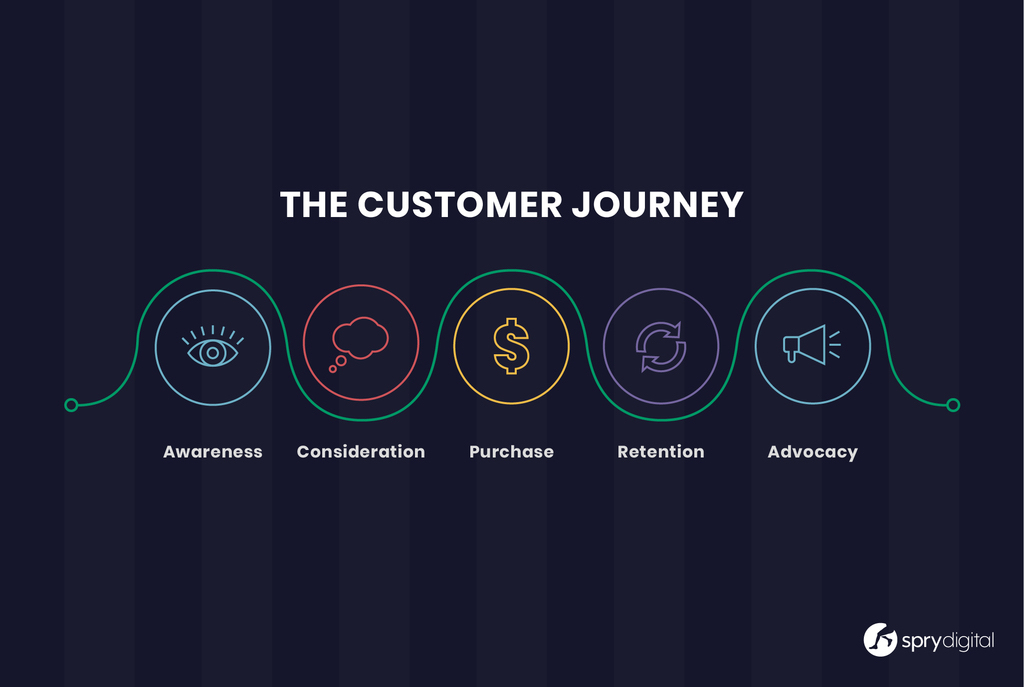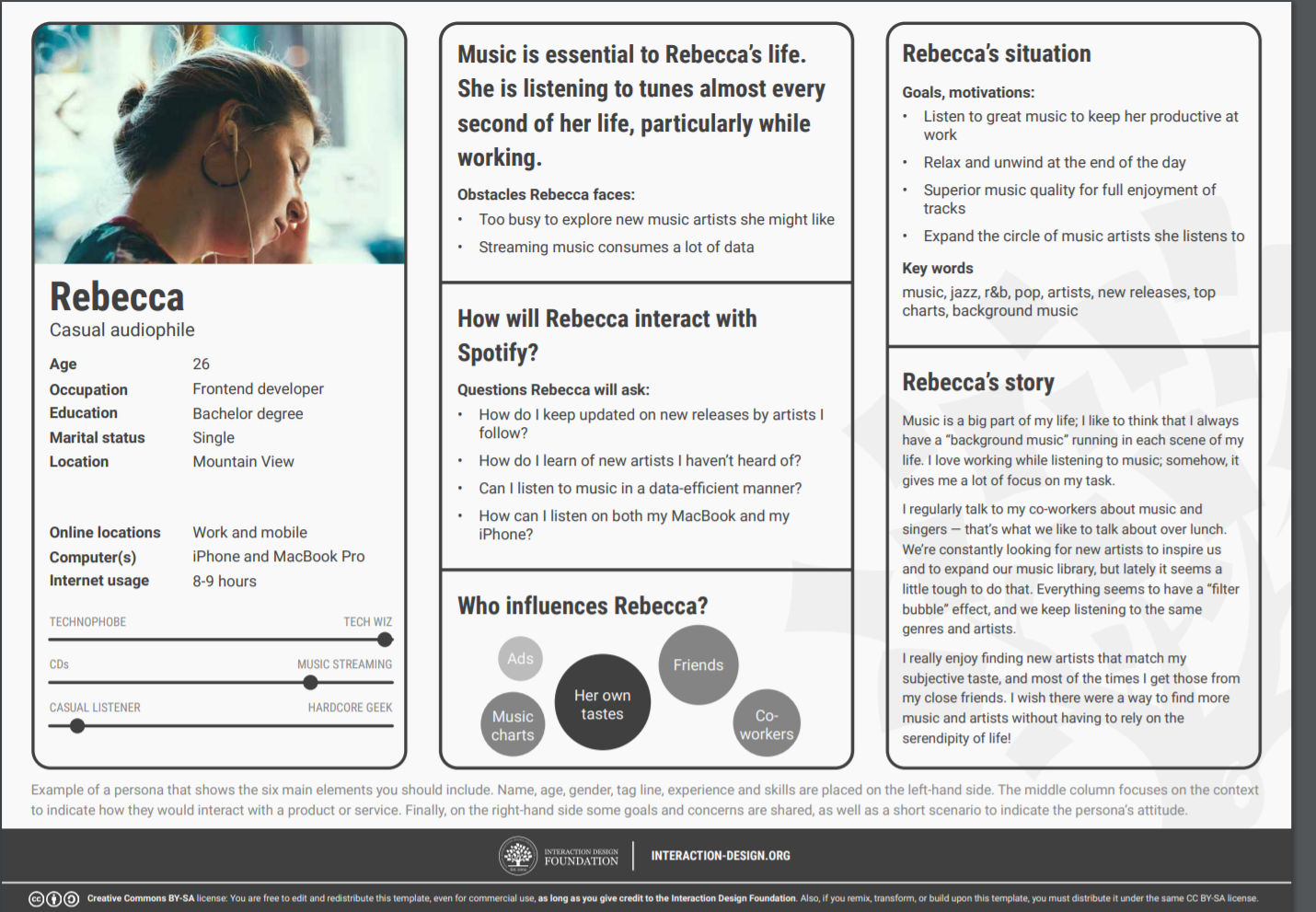The Role of UX in Marketing

The digital marketing landscape is evolving with new tools and tactics for brands to connect with audiences. Building multi-channel campaigns is an exercise in detailed planning and precise execution. When done well, the experience for the customer can be frictionless.
But in an industry shaped by tactics and tools, what role does user experience play in creating positive outcomes? When does a marketing tactic serve the customer, and when does it detract from the customer experience? Let’s dive into it.
The Shift in the Sales Paradigm
To understand the importance of user experience in marketing, we must first understand the change in the way products are bought and sold. With the rise of e-commerce and social marketing, the sales paradigm shifted from a brand-controlled experience to a consumer-controlled experience. Where traditional media was about who had the highest advertising budgets, web technologies put the consumer at the center of the experience. Consumers control what they hear, see, and do, and on their timeframe.
The shift away from “Show me something I’ll like.” to “Let me discover what I need and choose my path.” empowered customers on their purchase journey. To meet consumers on their terms, marketers shifted to studying the online behavior of customers and their use of technology along the way.
Over time, automated marketing and digital advertising platforms would drive impressions. No matter how advanced the tools get, they are still just tools. With the shift to technology and automation, considering the human at the center of the experience has never been more critical.
A Human-Centered Approach to Marketing
Today, marketers have an arsenal of cheap tools and common tactics at their disposal. These tools create leads and attract new customers. New customer acquisition is only a part of the customer lifecycle. Companies also need to consider pathways for customer retention, attrition, and returning customers.
Service design is the activity of organizing infrastructure, people, and planning communications to improve services. Metrics like net promoter scores measure customer satisfaction. A holistic approach to designing products and processes will address the needs of customers at different points along their journeys. The first step in developing a plan is to understand who the customer is and the nature of the customer’s needs.
Here are some customer-centered techniques to help you maximize the return of your marketing efforts.
Customer Personas
To understand your customer, you must talk to them. Performing research on the customer creates insights that inform future strategy. This research can happen by observing your customers in their natural environment, interviewing them, and/or by gathering surveys.

From this research, you can define your customer personas. A persona does not describe an actual person; it is a blend of customers and traits that are informed by the research. The persona should represent the customer’s psychographic information, goals, and barriers.
Creating personas provides much-needed context and alignment for teams to know whom the solution is for when designing products, services, or planning marketing.
Mapping the Customer Journey
One of the most valuable exercises product teams can do is to develop a picture of a customer’s journey over the lifecycle. The goal is to create a comprehensive map that identifies specific interactions, tasks, and touchpoints, along with how the customer is feeling along the way.
Getting stakeholders in a workshop allows them to examine the customer experience through their unique perspectives. The outcome creates a complete picture that affords more holistic strategic thinking. This process also exposes ways to improve the experience and address pain points along the journey.
Designing and Iterating
Creating mockups allows teams to visualize interactions that move customers along the journey. They take shape in the form of low-fidelity “wireframes” that express high-level thinking. Mockups may entail email templates, content landing pages, web pages, or interfaces. They inform layout, content hierarchy, calls to action, and user-interface elements.
The benefit of mockups is they are inexpensive to produce and can be shown early to gather feedback. There is no substitute for testing early designs with actual users. From testing, we learn where customers breeze through the task or get hung up on items like copy or user-interface elements. Over the course of the process, these low-fidelity mockups evolve to higher fidelity representations of the final solution.
Experience Design Drives Positive Outcomes
As marketing technology becomes more advanced and teams become ever more multi-disciplined, it’s important to remember that everyone on a product team has the role of user experience designer. Thinking in terms of customer needs allows teams to design better products and create meaningful experiences that drive business results.

